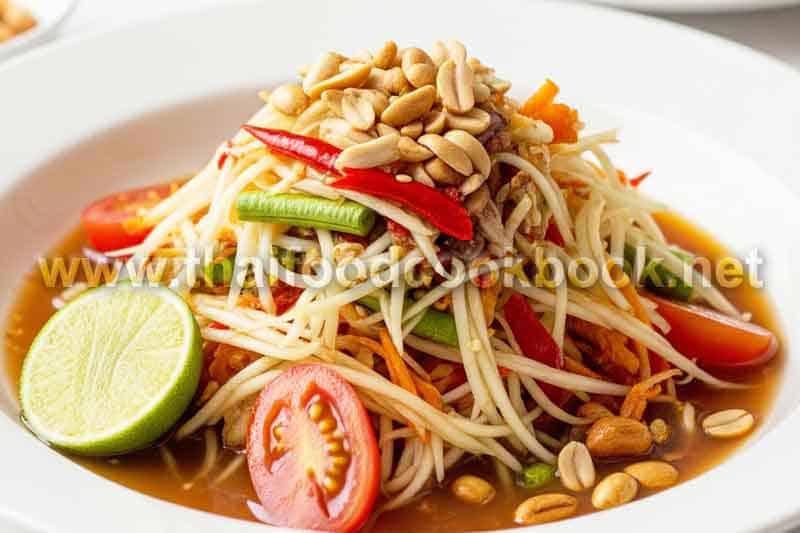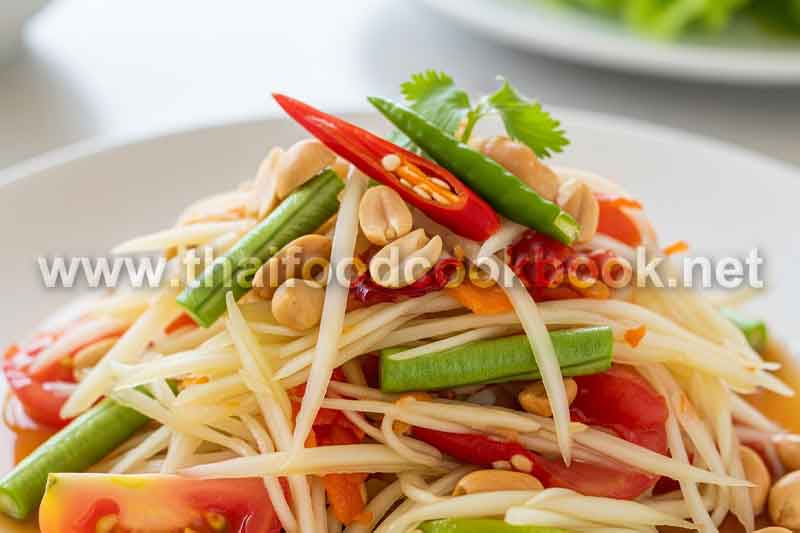Common Mistakes Beginners Make When Cooking Thai Curry
Most people assume Thai curry is difficult because of its ingredients, but in reality the biggest problems come from technique, timing, and misunderstanding how aroma develops. Beginners often focus on thickness, color, or spiciness instead of fragrance and ingredient sequencing, which leads to curry that tastes flat, heavy, raw, or unfinished. Learning common mistakes beginners make when cooking Thai curry helps you avoid the traps that weaken flavor so you can create a balanced and fragrant dish every time without guessing.
1. Using Curry Paste Incorrectly (Underbloomed or Overseasoned)
The most damaging mistake is adding coconut milk too early, before the paste has time to fry and release its essential oils. Thai curry depends on “blooming” the paste first — otherwise the flavor stays trapped inside the paste instead of spreading through the broth. Another common error is adding more paste to fix weak flavor instead of correcting technique.
- Paste must be heated until fragrant before adding liquid
- Oil activation is required for aroma release
- Adding liquid too early = bland curry
- More paste does not fix dull aroma — correct timing does
How the paste is cooked matters more than how much paste is used.
2. Boiling Too Hard and Killing the Aroma
Thai curry should simmer gently, not boil aggressively. When heat is too high, the coconut milk separates and the herb oils evaporate before they can stabilize. This is why some homemade curries taste heavy instead of aromatic — the fragrance is gone before serving.
- Start with medium heat to activate paste
- Lower heat after adding coconut milk
- Avoid rapid boiling — it strips aroma
- Protect basil and kaffir lime leaves by finishing late
Thai restaurants look creamy and smell rich because they protect the final aroma window.
3. Adding Herbs Too Early or in the Wrong Order
Fresh herbs are finishing ingredients, not simmering ingredients. Adding basil or kaffir lime leaf too early causes their oils to burn away, leaving a cooked-out, grassy smell instead of a vivid herbal lift. Timing is everything: flavor is built early, aroma is finished late.
- Basil must be added right before the heat is turned off
- Kaffir lime leaf should be torn and added near the end
- Lemongrass is a mid-stage ingredient — not final stage
- Galangal builds base note when cooked longer
Herb order = aroma control.
4. Final Summary: Fixing Mistakes Before They Happen
Most curry failures come not from wrong ingredients but from wrong timing. If you bloom the paste correctly, simmer gently, and treat herbs as a finishing perfume instead of a stew ingredient, your curry will instantly taste more complete and professional. Aroma is the finish line — not the recipe. For deeper culinary reference on Thai-style finishing technique, see aroma-focused cooking methods to better understand how heat and herbs determine the final flavor.
Summary
Beginners ruin Thai curry by rushing the paste, overheating the broth, and adding herbs too early — timing and aroma control are what create authentic flavor.

